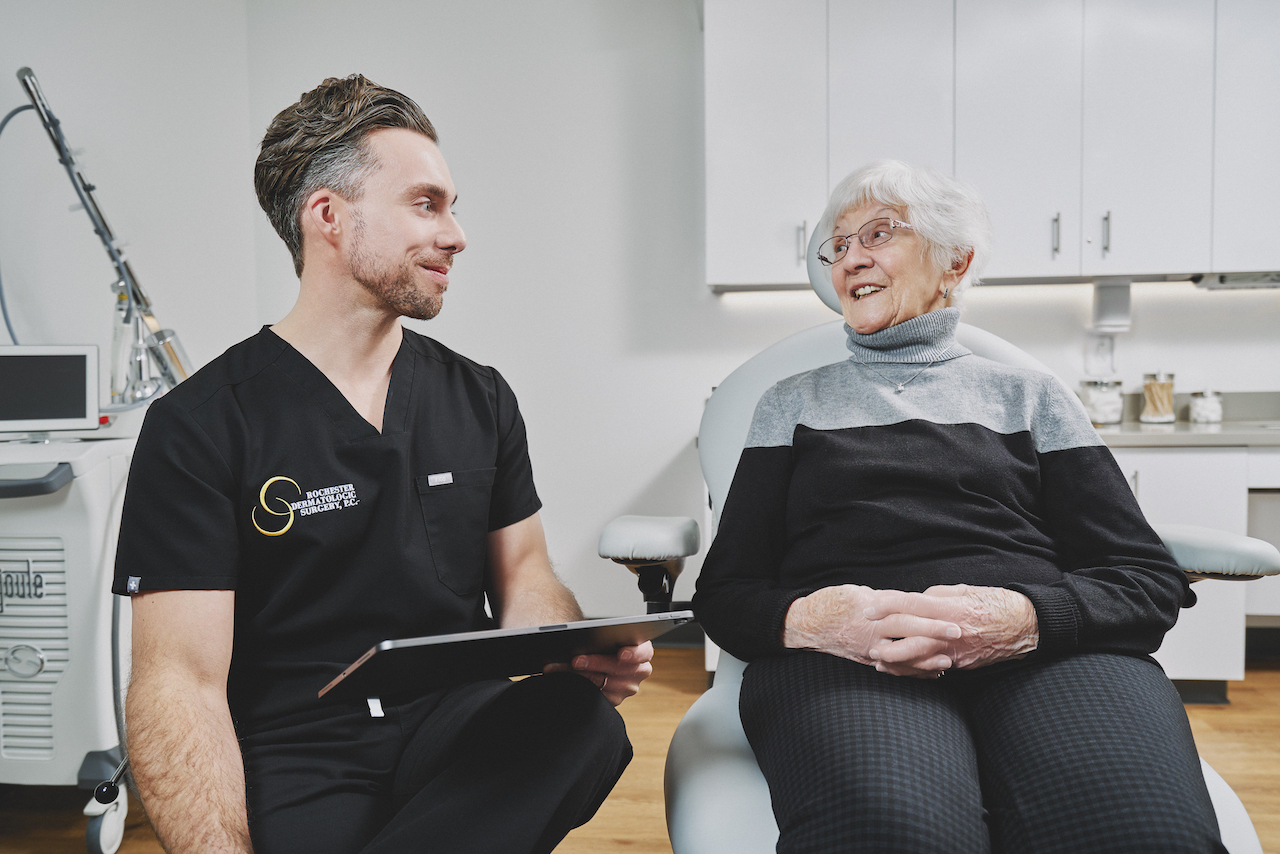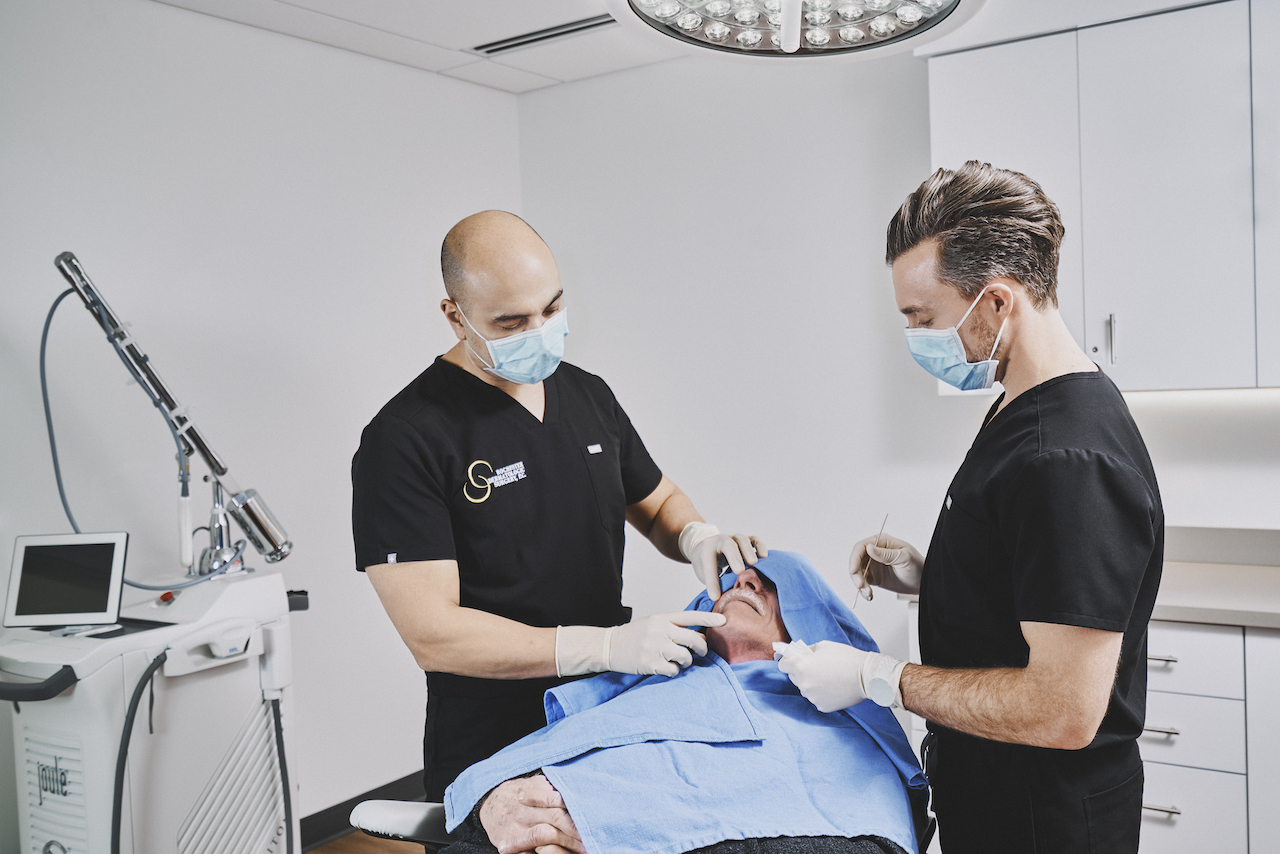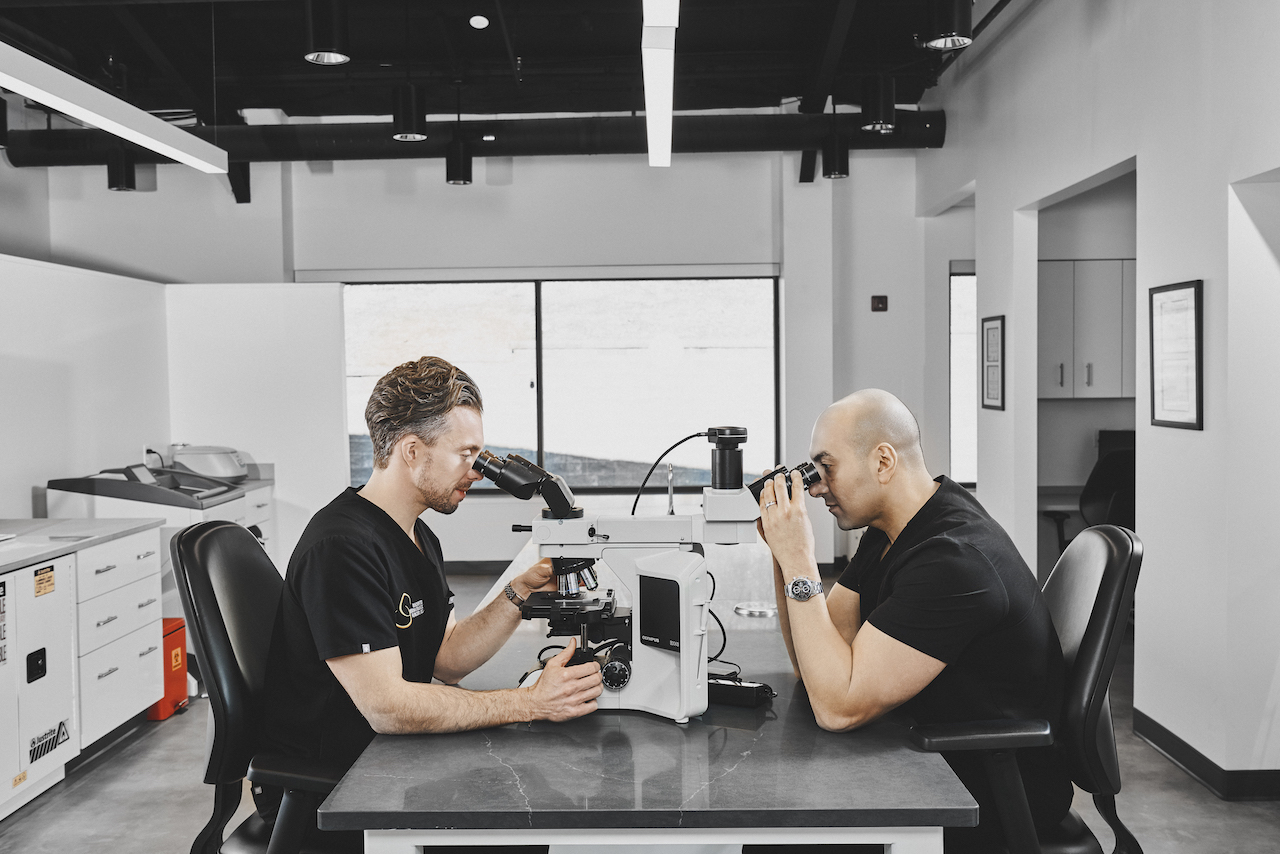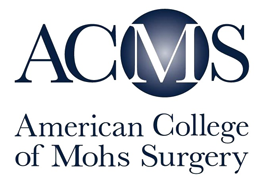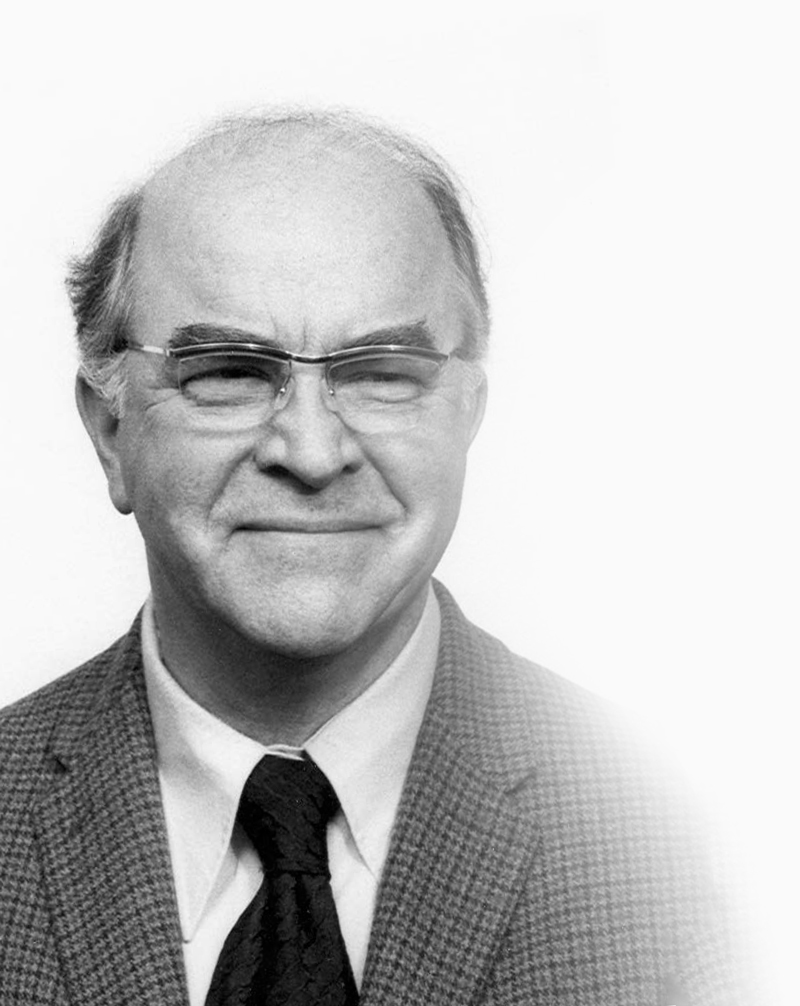Your Visit
The initial part of your visit will consist of a consultation with your physician so that you better understand the nature of your diagnosis, what it means to your health, and the most effective treatment options available.
If you haven’t had a prior consultation, it is impossible for us to be certain of your needs until we meet and formulate a treatment plan.
Although we see and treat thousands of skin cancers each year, this may be your first, and we will take the time to help you understand all aspects of the condition and its management.
At the same time, we know that your time is valuable and that trips to the doctor can be expensive, so we always aim to provide treatment at the same visit as your consultation if this fits with your life and your schedule. However, in certain situations, this may not be possible.
Many skin cancers we see are treated by a procedure known as Mohs micrographic surgery, or simply, Mohs surgery
Mohs surgery is a meticulous approach to ensure that skin cancers are completely removed (with over 99% certainty) and to preserve as much of the uninvolved skin as possible. In some cases, Mohs surgery may not be the best technique to treat your cancer.
For growths on the torso or extremities, we may use techniques such as standard excision (surgical removal followed by immediate suturing), electrodesiccation and curettage (“scrape and burn” procedure), cryosurgery, for certain period after medication. In some situations, there may be a clearly superior method, while in others we may have more than one choice.
In every case, we will discuss these options with you in depth and determine the best course of treatment to ensure that your skin cancer is adequately treated. For some more serious cancers such as melanoma or Merkel cell carcinoma, there are national guidelines that dictate the appropriate treatment.
Regardless, of the type of treatment you will undergo, it is best to come prepared
Because of the careful way we check the removed skin under the microscope while you wait, Mohs procedures take significantly more time than other treatment methods.
Thus, unless you have had a consultation prior to your day of treatment, it is best to come prepared for any approach we may take. Also, just because you are scheduled for Mohs surgery, this does not mean you will necessarily have this procedure.
The ultimate decision will depend on many factors that your physician will discuss with you.


